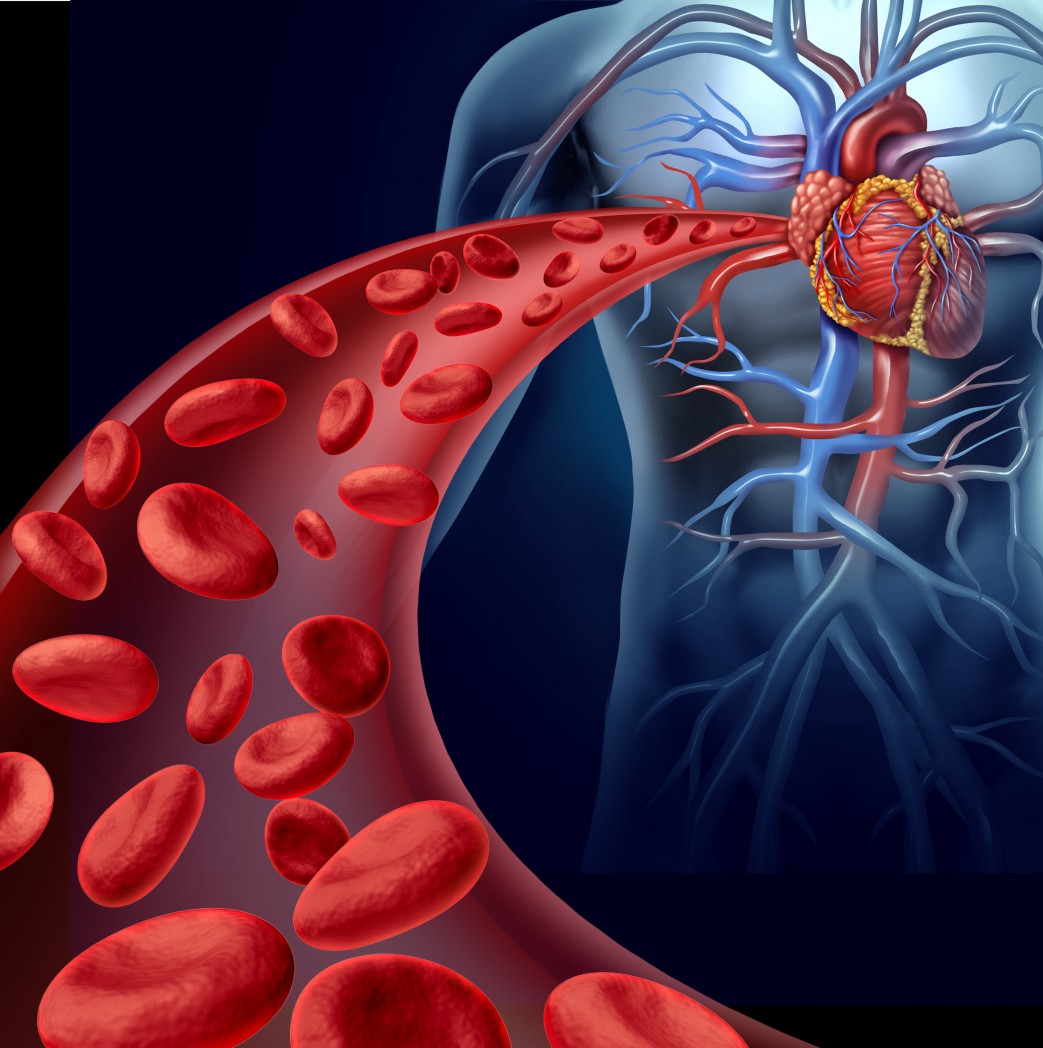Altered Blood Vessel Response May Explain Hypertension in AIP, Mouse Study Suggests

Differential responses to blood vessel contraction and widening may underlie hypertension in patients experiencing acute intermittent porphyria (AIP) attacks, according to a mouse study.
In addition, the differences found between male and female mice in the study may help explain the greater incidence of AIP attacks in women.
The study, “Sex differences in vascular reactivity in mesenteric arteries from a mouse model of acute intermittent porphyria,” was published in the journal Molecular Genetics and Metabolism.
Hypertension, or increased blood pressure, is relatively frequent and often severe during acute attacks in AIP patients, but the mechanisms behind cardiovascular issues in these patients are not well-understood.
Stimuli, such as certain compounds, fasting, and hormonal changes, induce expression of the ALAS1 gene in the liver, which results in insufficient production of heme, a key molecule to enable blood cells to carry oxygen. Increased ALAS enzyme activity in the liver coupled with deficient activity of HMBS — an enzyme involved in heme production — result in the accumulation of porphyrin precursor molecules believed to mediate acute attack symptoms.
The scientists used a mouse model of AIP that had roughly 30% of the normal activity of HMBS (also known as PBDG) to assess if local blood vessel responses in peripheral circulation may underlie hypertension during acute AIP attacks. Specifically, the team focused on the mesenteric arteries, which connect the aorta to the gastrointestinal tract.
Vascular responses were determined at the start and after three-day administration of phenobarbital (PB), a compound previously shown to induce increases in liver ALAS1 activity and urinary excretion of the porphyrin precursors 5-aminolevulinic acid (ALA) and porphobilinogen, which are hallmarks of acute attacks.
Specifically, the researchers looked at responses to potassium and phenylephrine (PE), which typically induce blood pressure decreases and increases, respectively; to the neurotransmitter acetylcholine (ACh), which is linked to both blood vessel contraction and widening; and to hemin (sold as Panhematin by Recordati Rare Diseases), a porphyrin used to treat AIP attacks.
In addition, since the incidence of AIP symptoms is much greater in women than in men, the researchers intended to analyze whether this mouse model presents gender-specific differences in vascular responses.
Results revealed that hepatic ALAS1 gene expression was increased 21-fold in males and ninefold in females following PB administration. This difference matches “the higher concentrations of urinary ALA achieved in males following PB induction,” the researchers said.
Unlike the lack of differences in the maximal response to potassium in arteries isolated from males, female mice with AIP showed lower responses compared with control animals.
Arteries from both male and female mice showed increased maximal contraction to PE during an AIP attack. However, inhibiting the production of nitric oxide — which typically widens blood vessels and lowers blood pressure — with a compound called L-NAME further increased sensitivity to PE in males, but was associated with reduced sensitivity and even greater maximal response to PE in female mice with AIP.
The data further showed that arteries from both males and females showed similar maximal relaxation to ACh after constriction with PE, but the sensitivity of female arteries was lower, suggesting a pro-contraction environment in blood vessels, according to the scientists. L-NAME reduced ACh-induced relaxation in mice with AIP and in controls.
In subsequent tests, hemin also induced artery relaxation following constriction with PE, which was greater in both males and females with AIP than in controls.
“These alterations may contribute to the increased blood pressure during an acute attack and provide a novel mechanism of action whereby heme ameliorates the attacks,” the investigators wrote.






